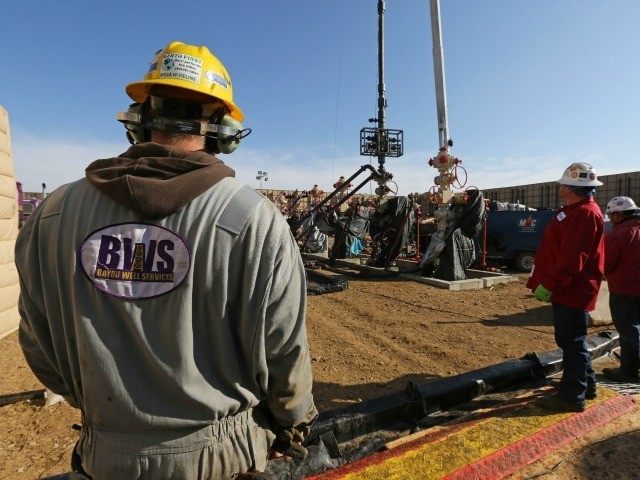President Barack Obama campaigned with the pledge he would fundamentally transform the energy sector of the United States when he took office, and to a large extent, he succeeded.
Most of this legacy was strong-armed into law using executive orders and administrative overreach, and, as a result, the survival of his agenda depended upon a presidential administration succeeding him with similar goals and a desire to cement his executive orders into place for years to come.
Unfortunately for Obama, the surprise election of Donald Trump likely means the new president-elect will soon get to use a familiar phrase on Obama’s executive overreaches: “You’re fired.”
Obama’s efforts to transform the nation’s energy system began in 2009 with his attempt to kill the coal industry by passing a tax on carbon-dioxide emissions. Despite having huge majorities in the House of Representatives and Senate early in his first term, Obama was unable to pass his so-called “Cap and Trade” legislation through Congress. Having been rebuked by many in his own party, Obama instead sought to use the Environmental Protection Agency as a blunt instrument to circumvent Congress to achieve his goal of fundamentally restructuring the U.S. energy system. The result was the Clean Power Plan (CPP).
The Clean Power Plan is a set of regulations on new and existing power plants. It’s designed to reduce U.S. carbon-dioxide emissions by 32 percent below 2005 levels by 2030.
The initial draft of these regulations was straightforward. The drafters argued that when burned, natural gas emits half as much carbon dioxide compared to coal. Because natural gas was and still is abundant—thanks to hydraulic fracturing—the Obama administration reasoned replacing coal with natural gas as the United States’ primary fuel for electricity generation would reduce CO2 emissions while promoting Obama’s “All of the Above” energy plan.
However, the draft version turned out to be a bait-and-switch. In the final version of the rules, the Environmental Protection Agency (EPA) greatly expanded the role of renewable energy sources at the expense of natural gas.
Thankfully, CPP has been put on hold by the Supreme Court, but if the rules are implemented, they are expected to cost more than $8 billion per year to implement, and analysts say they will likely raise the cost of electricity for businesses and families. Despite its high cost, CPP will have no measurable environmental benefits, as EPA-sponsored climate models show these regulations will only reduce potential future warming by 0.01 degrees Celsius by 2100, an amount too small to notice.
Obama’s shift from an “All of the Above” energy policy to an extreme “Keep It in the Ground” philosophy has tied up key infrastructure energy projects, many of which used to be uncontroversial. For instance, the United States currently has more than 72,000 miles of pipelines safely transporting oil throughout the country, yet the Obama administration has actively worked to stop pipeline development since taking office.
Obama single-handedly killed the Keystone XL Pipeline, which would have carried about 830,000 barrels of oil per day from Canada to refineries in the Gulf Coast, even though a multi-year analysis by the State Department stated the pipeline would have been safe for the environment. The pipeline would have also benefitted public safety, because transporting crude oil by pipeline is safer than transporting it by rail.
Work on the Dakota Access Pipeline was also slowed by Obama; he is now considering asking Energy Transfer Partners, the company building the pipeline, to reroute the pipeline to avoid disrupting Native American historical sites, even though the state archaeologist of North Dakota found no evidence the pipeline’s construction has destroyed historic tribal artifacts.
President-elect Trump has pledged to cancel the Paris Climate Accords and pull back on Obama’s signature Clean Power Plan. He has also promised in his first 100 days in office to lift the Obama administration’s roadblocks preventing the development of energy infrastructure projects such as the Keystone XL and Dakota Access pipelines.
President Obama has lived by executive orders, and now it appears his legacy will die by them. On the bright side, maybe Obama can get a job hosting Celebrity Apprentice.
Isaac Orr (IOrr@heartland.org) is a research fellow specializing in hydraulic fracturing at The Heartland Institute. Follow him on Twitter @thefrackingguy.

COMMENTS
Please let us know if you're having issues with commenting.